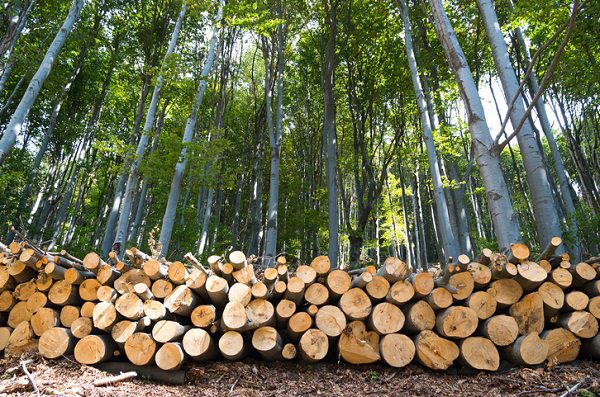How will record-high lumber prices affect new home sales?
Housing demand is strong, builder confidence is high, and the housing market overall has been a bright spot for the economy. Despite these facts, there’s a consistent problem that builders haven’t been able to shake: skyrocketing lumber prices. Though some trends show the worst lumber price spikes may be behind us, high lumber prices are still affecting builders. Let’s look at some of the ways lumber prices might affect new home sales.
Factors contributing to high lumber prices and how they’ve affected builders
There are several factors contributing to high lumber prices. Some of these factors have been building over the last decade.
- Lumber producers had to cut down trees quickly to salvage them against pine beetles, which were killing trees at an alarming pace. As this supply fell, the need for production fell, which meant fewer mills processing wood. Mills began to close, and log prices rose.
- The 20% tariff on wood imported from Canada in 2017 likely affected prices.
- The COVID-19 pandemic caused even more mills to close, which further decreased the amount of available lumber.
- The massive 2020 fires in the West and Rocky Mountain forests caused still more mill shutdowns.
These factors—all of which are outside your control as a builder—have put builders between a rock and a hard place. Many home builders have had to wrestle between raising home prices and absorbing losses. Given the need that home buyers have for affordability, it’s a truly challenging situation for builders and buyers.
Reasons for optimism
Despite the problems high lumber prices have created, there are reasons for optimism for home builders.
- The worst spikes in lumber prices may be behind us. Combined with seasonality, it’s possible that lumber prices will continue to back off their historic highs, giving builder and buyers breathing room.
- According to the National Association of Realtors’ 2020 Profile of Home Buyers and Sellers, buyers purchased new homes at a 15% clip in 2020. While that’s still low, it’s an improvement over 2019’s 13% rate.
- The pandemic caused huge demand for homes away from central city hubs. This gives builders potential to capitalize on this demand, although labor shortages may still pinch ambitious builders.
- The NAHB continues to urge elected officials to create solutions for high lumber prices, especially in light of consistent housing demand.
Even though lumber prices continue to remain high, housing shortages/consumer demand is still high, which implies that buyers are willing to pay a premium for quality housing.
Additionally, homeowners spending more time than ever at home has led to a home remodeling boom. In a recent story in the Columbia Missourian, Nathan Goen, the owner of New Beginnings Construction, said, “The demand for work in Columbia is so great that every single construction company I know is booked out months in advance.”
With more people looking to build or improve decks, bathrooms, and kitchens, builders have a ton of potential to capitalize. That will be even more noticeable if lumber prices continue their downward trend of late.
How a structural warranty can help you and your buyers
Though the housing market has recovered well since the onset of COVID-19, there are still many frustrating challenges for you to face. Even more frustrating is the fact that many of these challenges, like increased lumber prices, are entirely out of your control.
Having a sense of control over your future is important—both to you and your buyers—and a structural warranty from 2-10 Home Buyers Warranty (2-10 HBW) can help provide that sense of control.
A structural warranty can protect you from structural defects that are outside of your control. That’s important for two huge reasons.
- Most structural defects are caused by soil movement, which is uncontrollable. However, you’re still required to address those defects.
- The average cost to address structural defects is $70,000 per claim, and it’s not uncommon for structural defects to happen in clusters. A structural warranty takes those financial burdens off the shoulders of you and your clients.
When you have a solution for qualified structural defects, it gives you and your buyers more control over your future.
With so many other challenges, don’t let structural defects become another. Consider covering all of your homes with a structural warranty from 2-10 HBW, the industry leader in structural warranty coverage.
Learn how you can protect your business and add valuable selling points to your new builds with a 2-10 HBW structural warranty.








